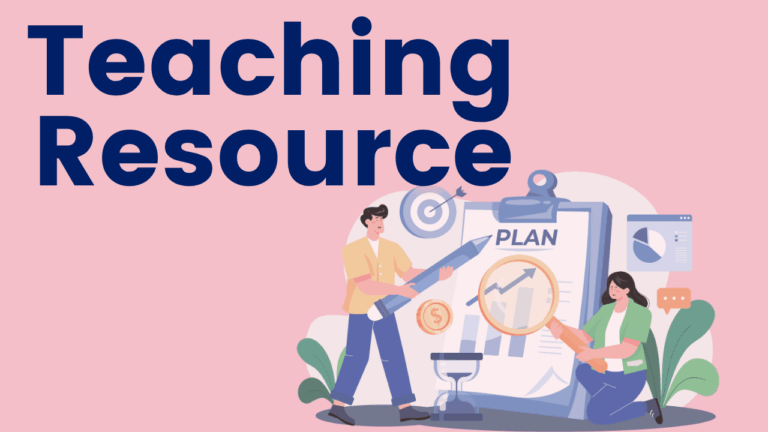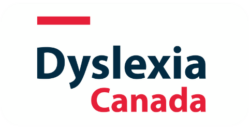Blendable Letter Sounds – “Zed” Version
This video demonstrates how to pronounce letter sounds when teaching reading. When children are learning to read, they need to blend sounds as they decode. Teachers need to ensure that the sounds they are modelling are sounds that can be blended. Blendable Letter Sounds Song presents each letter sound in a blendable way with the…










